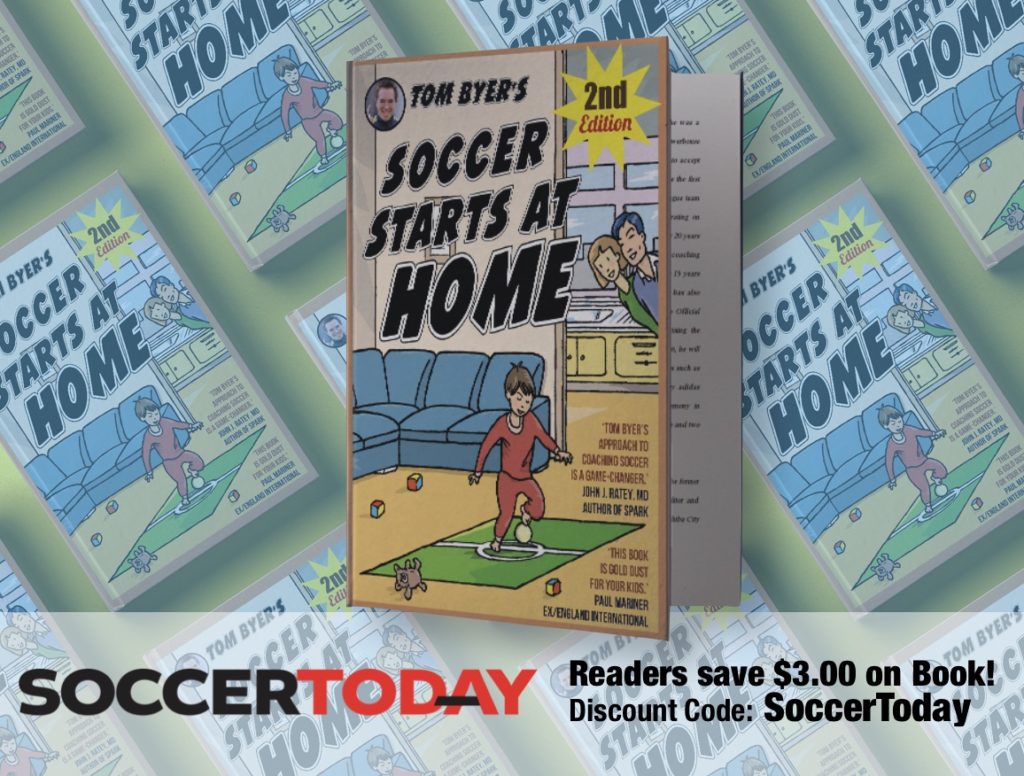Soccer Expert Tom Byer’s Easy Steps To Help Parents Show Their Young Kids The Basics
Soccer Starts At Home At An Early Age With Parents — this is the new mantra for success, pioneered by international grassroots soccer expert Tom Byer.
Who would send their kid to school without a clue of the ABCs? Why send a young kid to soccer tryouts or practice without the advantage of a few simple basics? And, it is easy.
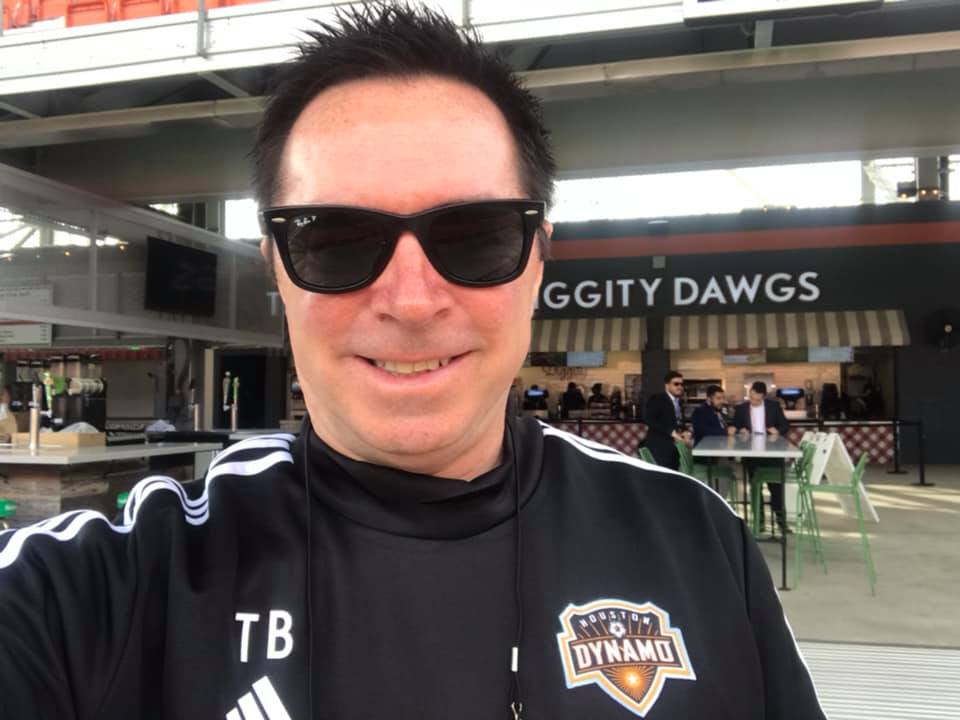
A highly respected expert on the development of young soccer players, Tom Byer has conducted over 2000 events for more than 500,000 youth soccer players — in the USA, Japan and all over the world.
Soccer Parents Can Make a Big Difference
Working with the Houston Dynamo Academy, Byer is hosting a series of FREE events for parents, youth and grassroots coaches in the greater Houston area. (Series ends Feb. 2.)

Byer is also known for his best selling book, Soccer Starts at Home.
Seeing Byer is action is energizing. His infusive passion inspires coaches, parents, and players. His wisdom is the importance of parents working with young kids simply makes sense — it is understandable and logical.
Experts all tell us hand-eye coordination is developed at a very early age. Most parents play catch with their 2 and 3-year-olds, don’t overlook simple foot skills.
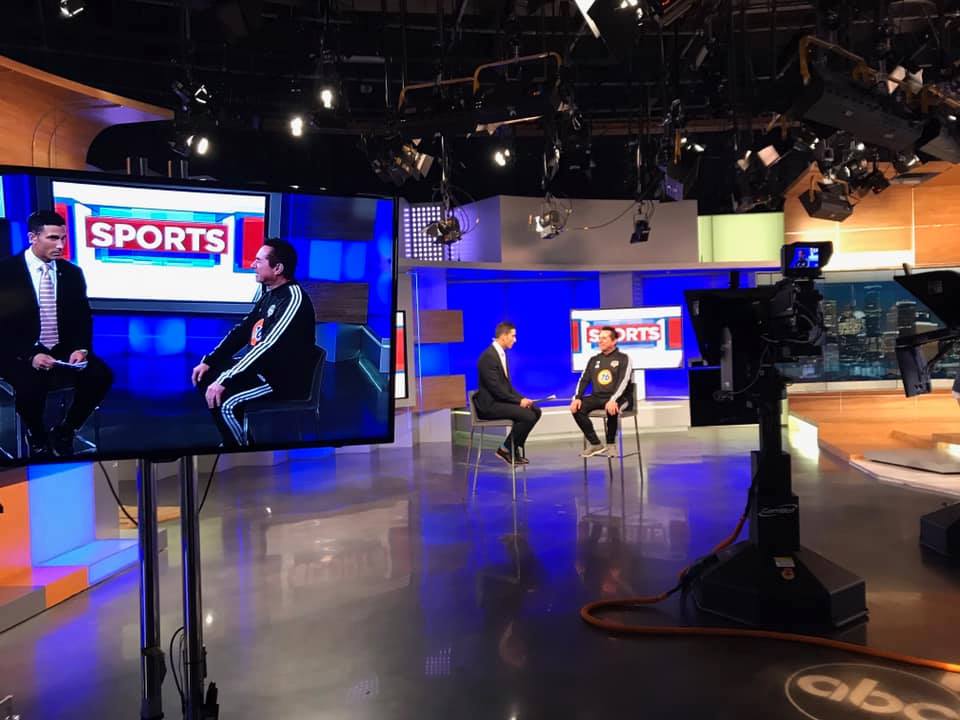
Want to know more about Tom Byer’s background and approach?
READ: Houston Dynamo on Tom Byer
Interview With Tom Byer on How Soccer Parent Can Help Their Kids:
Diane Scavuzzo: Parents are afraid of teaching their kids the wrong thing, not knowing how to show them skills — should they be worried about this? Or are they really never getting this advanced?
Tom Byer: This isn’t rocket science and anyone can teach their child. Some of the best kids I’ve seen develop did so with the help of their parents who were not players.
The best part about ball mastery from a young age is it’s like learning to ride a bicycle.
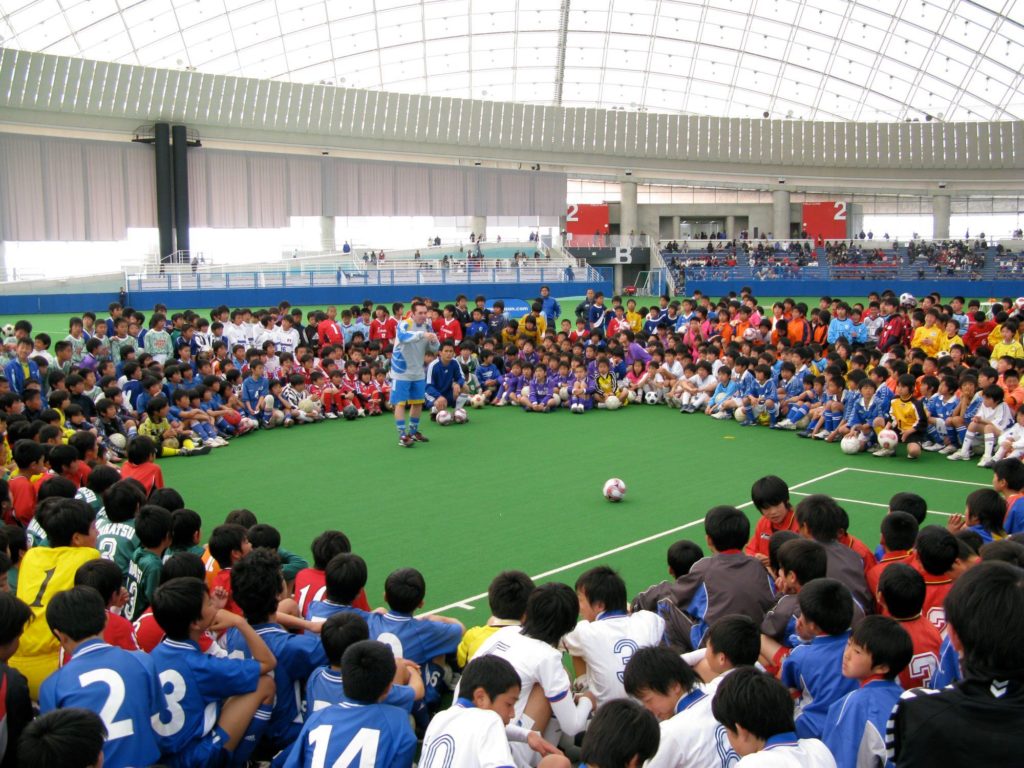
Once you’ve mastered it you have it forever. You don’t lose your technical ability.
Diane Scavuzzo: What should a parent try to show or do with a young kid?
Tom Byer: First, they must realize that teaching kicking and shooting is not the first technique that should be learned.
This is not about kicking the ball
Showing your young boy or girl the simple task of the bottom of their foot on the ball — It is called, ‘placing the sole of the foot on the ball’ and just have them push the ball around in small circles.
It is good to start working on body balance and coordination.
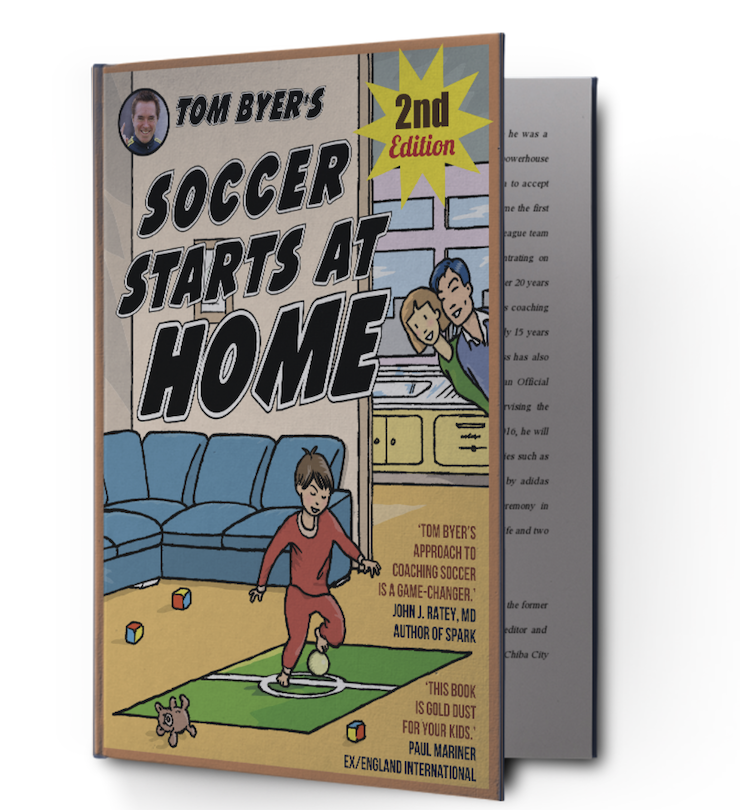
When working with very small children aged 3-6, you don’t have to have any advanced soccer skills in order to teach your child the basics.
It is about learning ball control
Often very young kids will use a sofa or a chair to balance themselves but parents can act as stabilizers as well. (While inside the house just make sure they are away from anything dangerous they may hurt themselves with if they fall over.)
Read: PARENTS CAN HELP THEIR YOUNG SOCCER PLAYERS AT LOT
Diane Scavuzzo: Can you suggest age-appropriate examples of what a parent could try to teach or show a young kid?
Tom Byer: Yes, here are some videos of basic things kids can try at home or at the park with parents.
TOM BYER’S SOCCER STARTS AT HOME IS A GAME-CHANGER A REVOLUTIONARY APPROACH TO DEVELOPING BETTER SOCCER PLAYERS IN AMERICA.
John J. Ratey, M.D. — Harvard Medical School, Associate Clinical Professor of Psychiatry
Diane Scavuzzo: For a parent who has played soccer, how can they break down skills to show their young player?
Tom Byer: It’s very simple, they can try themselves to model the exercises or they can use videos to help themselves and their child.
We often do this when working remotely with families. Learning to pull the ball back with both soles of the feet is essential.
Also, learning how to change direction with a ball along with stopping and starting. These are the basics that all children must be able to do under absolutely no pressure from a young age.
Read: TOM BYER ON WHY PARENTS ARE THE KEY TO PLAYER DEVELOPMENT

Diane Scavuzzo: Please list 3 or 4 things parents can try? What do they need? What type of ball?
Tom Byer: Great question.
- Give a little Time: Parents need to put aside enough time to play with their child each day. 20 minutes a day is great!
- Create a Safe Environment: Parents also need enough space to play in or around the house.
- Provide Positive Feedback: That is easy!
- Video the Session: Parents should video their child practicing to keep a record of what their child is learning.
Feedback together with the child is very important so that the child can see their own improvement.
Improvement is the motivating factor.
Children need a very small ball to practice with. This is usually categorized as a size 2 Ball. This size is in-between a baseball and a softball.
Having an open mind offers many possibilities compared to someone who thinks they know it all already. This is what “Soccer Starts at Home” is all about.
Remember, 90% of a Child’s Brain Develops by the Age of 5!
Soccer Starts at Home is available on TomSan and Soccer Starts at Home

